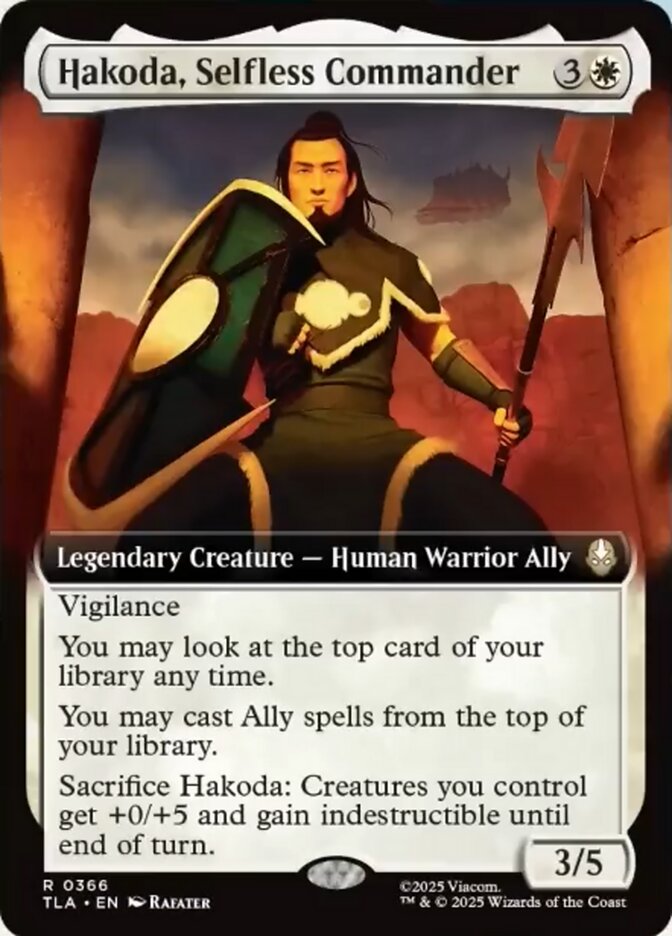
Magic: the Gathering has always thrived on strategy, depth, and constant evolution, but Universes Beyond is adding something entirely new to the mix: the cultural crossover appeal. By bringing in iconic franchises like Final Fantasy and Marvel, MTG isn’t just expanding its card pool; it’s expanding its player base.
From a competitive MTG player’s perspective, Universes Beyond has been one of the boldest moves Wizards of the Coast has made—and honestly, it’s working. At its core, Magic is about strategy and gameplay depth, but Universes Beyond taps into something bigger: cultural relevance. By integrating popular franchises like Lord of the Rings and Final Fantasy into MTG, the game suddenly becomes accessible to people who may never have touched a deck otherwise. These collaborations act as a bridge, pulling in fans of other franchises and giving them a familiar starting point before they dive deeper into Magic itself.
One of the biggest draws is the recognition factor. New players might not understand what makes a normal MTG planeswalker strong, but if they see Gandalf, Sephiroth, or Spider-Man, they immediately have a reason to care. That familiarity lowers the barrier to entry—suddenly, the intimidating complexity of Magic feels less daunting because the cards feature characters they already know and love. For competitive players, this means a growing player base, which translates into more events, more diversity in opponents, and a healthier ecosystem overall.
Universes Beyond also creates a sense of freshness in the competitive scene. Every time a new crossover set releases, it generates hype not just within the Magic community but across entire fan bases. That hype brings in curious players who might stick around once they realize that MTG offers more than just a one-off tie-in. From a competitive standpoint, the more players funnel into Standard, Draft, or Pioneer through these entry points, the stronger the competitive infrastructure becomes. More players equal bigger events, better prize pools, and a more sustainable competitive scene.
Another key factor is collectability. Universes Beyond products have proven to attract collectors outside of Magic’s traditional base. These are people who might not care about Standard or Limited but are suddenly willing to buy in because the cards tie to their favorite IPs. Some of those collectors eventually transition into casual or even competitive play once they realize the depth of the game. Competitive players benefit from this because the increased demand keeps the secondary market alive, making it easier to trade, sell, and upgrade decks with a thriving economy behind it.

Importantly, Universes Beyond normalizes MTG as part of mainstream pop culture. This kind of exposure means that competitive play is no longer a niche hobby—it’s something that can be marketed alongside blockbuster franchises.
Larger visibility means potential sponsorships, streaming growth, and a more professional environment for the competitive circuit. For players grinding tournaments, this could eventually translate into better support for competitive play, which is something the community has been asking for consistently.
In the end, Universes Beyond isn’t just about flashy collaborations—it’s about growth. By tying Magic to beloved universes, Wizards is broadening its audience, diversifying its community, and strengthening the competitive foundation of the game.
As a competitive player, I see it as an investment in the long-term future of Magic: the Gathering. The bigger the player base grows, the more vibrant and sustainable the competitive scene becomes. And that’s something every grinder, from FNM regulars to Pro Tour hopefuls, should welcome.
Thanks for reading.
